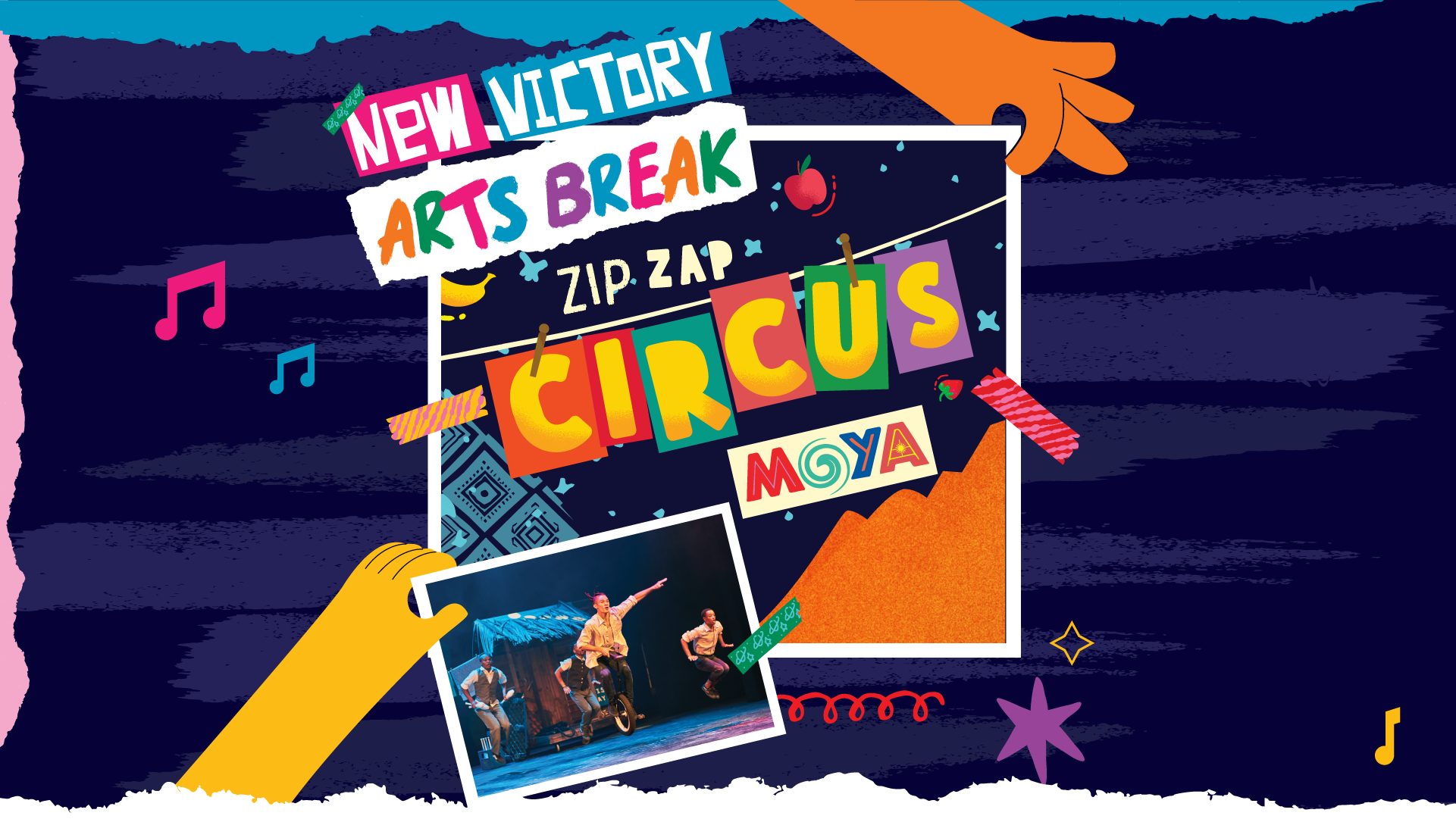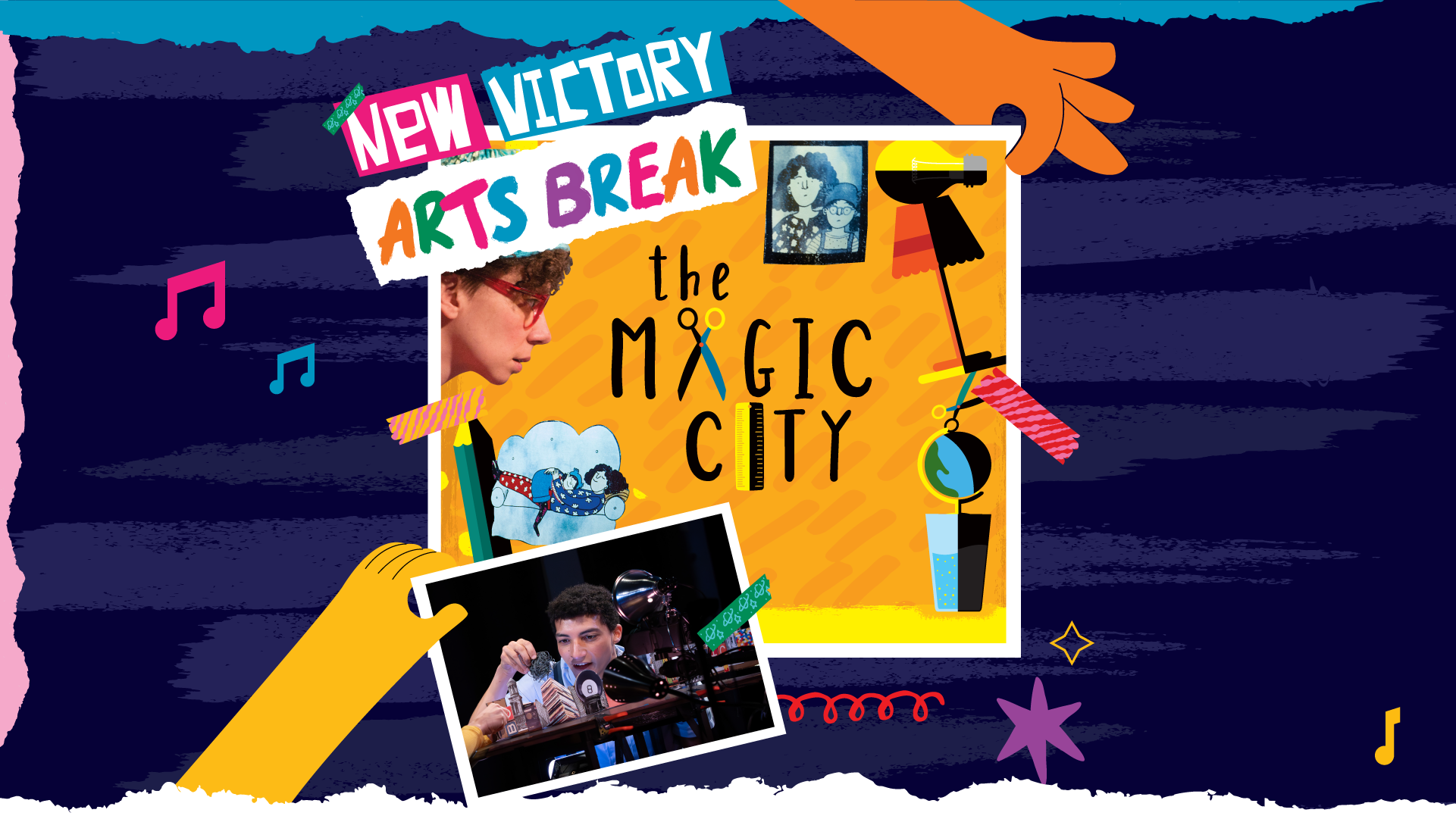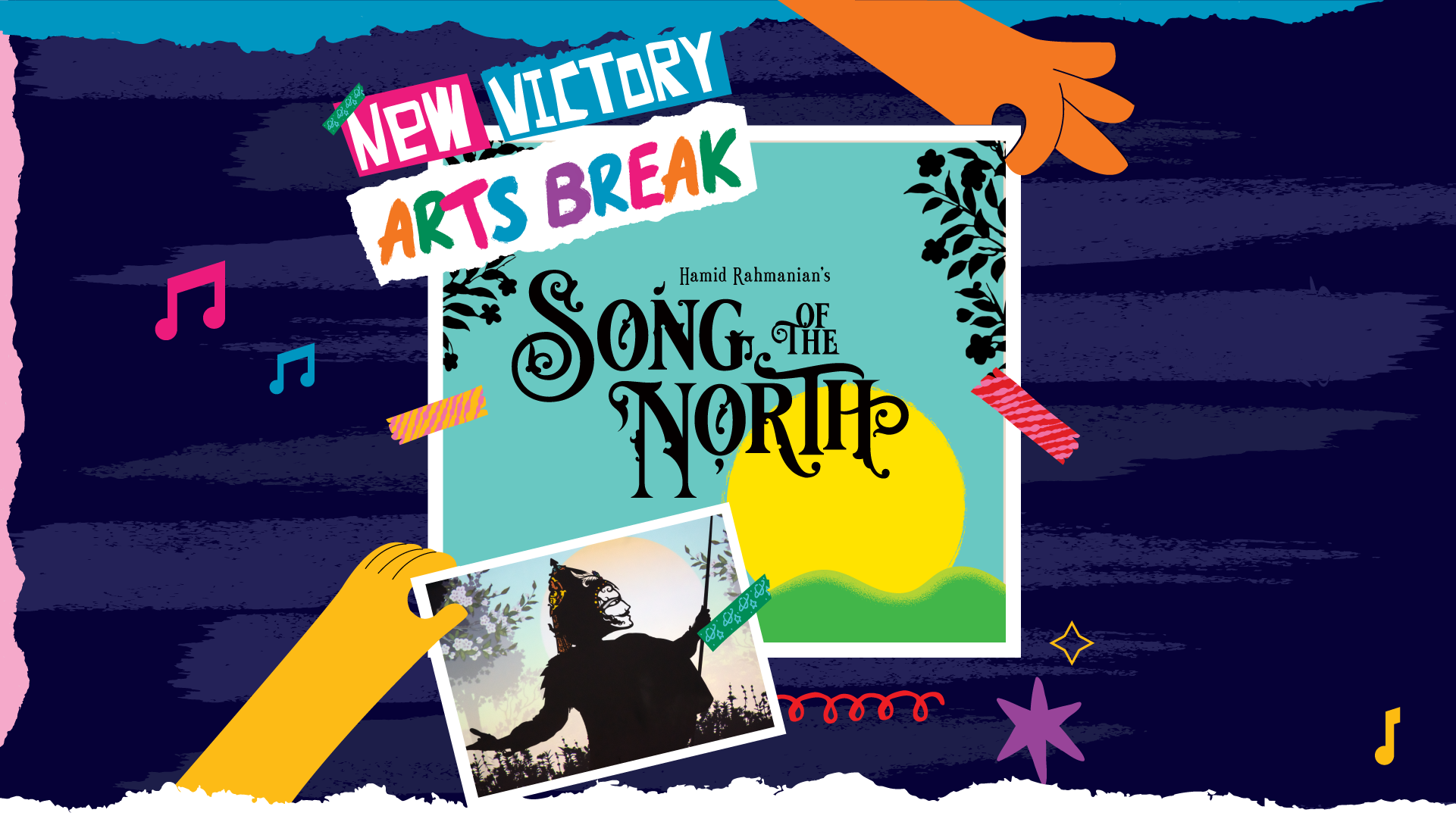CARTOGRAPHY Family Activity
CARTOGRAPHY tells the stories of several refugees who speak different languages and practice different religions. They come from different countries but are united by their desire to find a better life for themselves in a new home. In this Family Activity, learn about objects that connect your family to the idea of home, watch a video to prepare yourself for the content of the show and tell your own story!
At Home
All of the characters in CARTOGRAPHY have to pack their lives into a backpack and leave the rest behind. The show’s creators, Kaneza Schaal and Christopher Myers, interviewed young refugees in Munich, Germany and Abu Dhabi, United Arab Emirates. They wove those stories together to create this piece of devised documentary theater, an art form based on real interviews that are transformed by a collaborative team into a single script. In this activity, try out this art form by connecting stories to specific objects and by interviewing each other.
Step One: Learn about some of the objects Syrian refugees took with them. What are some of the reasons they give for their choices?
Step Two: Every family member participating in this activity must choose one object they would take with them if they had to leave home.
Step Three: Conduct an interview with each participating member of your family to discover why each chose their object. Decide who will talk about their object first, and then have the rest of the family interview them. Here are some ideas for your interview questions:
- Why would this be the one object you would bring with you?
- Can you tell me a specific story about this object?
- Can you describe your object to me using all of your senses (sight, smell, touch, sound, taste)?
- How does this object make you feel?
Step Four: Have everyone in the family take turns being interviewed about their object. Feel free to add your own questions!
Step Five: Reflect on what you just learned about each other and the objects that are meaningful to you.
- How were your objects and descriptions similar?
- How were they different? Why?
- What surprised you about your family’s choices?
- How do your choices compare to the Syrian objects in the first step of this activity?
On the Way
The show you are about to see is very topical and deals with some concepts and words that are important to understand. Watch this video to learn some important background information before the show.
After the Show
Reflection questions
- How did the show make you feel? Hopeful? Frustrated? Demoralized? Confused?
- What parts of the show and the characters’ stories did you find to be the most compelling? Did anything confuse you?
- Think about your own life journey, and contrast it to the ones you saw on stage. What factors contribute to your different life outcomes?
- Why do people in our modern world need to flee from their homes? Where do they go and why?
- How do you think you can help create a home for people who come into your community?
- What is a map to you?
Now that you’ve discussed these questions with your family and friends, it’s time for you to take it a step further! In CARTOGRAPHY, each person has the opportunity to step forward and share their story in a monologue. Sometimes it can be helpful to think about our lives as a collection of stories, to reflect on how those experiences shape our identities. In this activity, use a worksheet to first tell your individual story, then your family’s story.
Materials: Printed worksheet and scissors

Part One: Individual Stories
Step One: Have every person in your family print and individually fill out this worksheet by writing a sentence-long story in the present tense to answer each prompt. For example, write “Finding the secret door” instead of “When I found the secret door.” Make sure that what you write is personal but not private—it should be honest and unique to you, but also something you are comfortable sharing with your family!
Step Two: Cut out each individual box.
Step Three: Mix them up, and then pick up each answer and place them in a random order.
Step Four: Each person will read their poem of statements, starting each one with “I am made of…” Finish your poem by stating “I am (your name).”
Example:
I am made of finding notes of encouragement my dad had hidden in a jacket I wore to school on the day I had a tough test.
I am made of the first moment I sang in front of an audience.
I am made of the car ride home after a long day, knowing I’ll be with the people I love soon.
I am made of hugging my stuffed cat I’ve had for my whole life when I felt lonely.
I am Freya.
Part Two: Family Story
Now that you’ve explored your own identity through a devised poem of memories, create a family narrative!
Step One: Identify pieces of your family members’ responses that relate to your whole family or generate more material by filling out the worksheet as a family, with your shared memories.
Step Two: When you’ve created your family poem, take turns reading the statements one at a time. However, this time, start each one by saying “We are made of…” Finish the poem by stating your family name.
Example:
We are made of playing hours of Beatles Rockband on a cold December day.
We are made of playing hours and hours of our favorite card game.
We are made of the couch where everyone in the family, including the pets, congregate every time someone comes home.
We are the Maliekels.
If you want, rewrite your poem on another piece of paper and hang it up somewhere in your home! You can also mix up your answers and redo steps six and seven as many times as you want, creating dozens of unique family poems!
And Beyond
And Beyond
- Did you know that NYC played a huge part in immigration to the United States? Visit the Ellis Island National Museum of Immigration to learn about the experiences of immigrants to the U.S. from 1892-1954. You can even stop by the Statue of Liberty while you’re at it!
- The Tenement Museum is worth a visit for anyone who wishes to learn more about the American immigrant experience. Keep your eye on the Upcoming Events and Tenement Talks to find panels and join in on discussions about important issues such as education access.
- “Your Story, Our Story” is an online collection of stories shared by immigrants about objects that bring their experiences to life. These are real stories from people who’ve submitted them through the project’s website, and you can submit one, too!
- Feeling inspired to help refugees?
- Learn about the International Rescue Committee (IRC) and their support of refugees fleeing conflict.
- Check out this New York Times article, which provides resources on supporting refugee populations. You can even take an online class which will better prepare you to welcome, work with, and live with refugees.
- Get involved with USA for UNHCR, the UN Refugee Agency. You can donate, spread the word, and volunteer.
- Support UNICEF, which helps keep kids and young refugees all over the world safe and healthy.
- Encourage your local officials to support extensive pro-refugee policy.
Categories
Family Engagement

